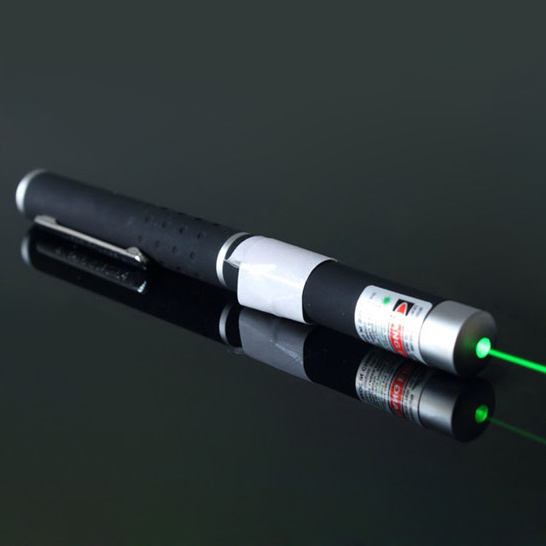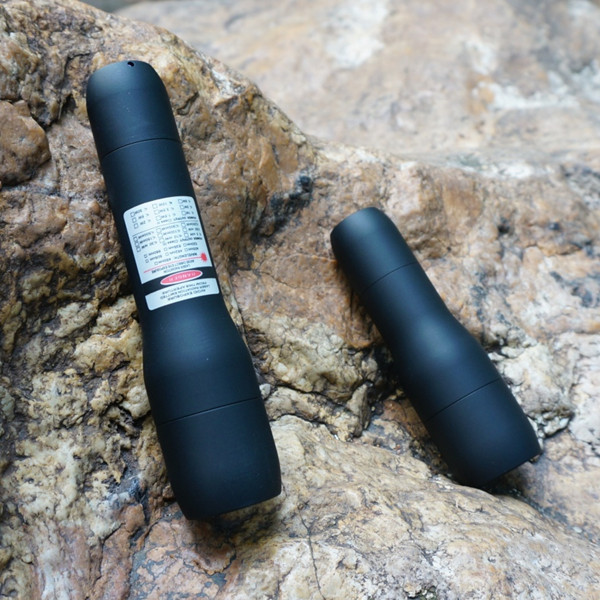Since 2004, Laser pointer /aircraft lighting reports in the US, UK, Canada, Australia and Italy have exceeded 55,000. Fortunately, none of these caused any accidents, nor did they cause eye damage to the pilot. But aviation officials, regulators and legislators worry that lasers may be "the straw that breaks the camel's back" at the wrong time and in emergency situations. For example, Senator Charles Schumer (New York State) has asked the FDA to take three actions against laser pointers.

The low price of these lasers has also led to their widespread use in the public, and airline pilots are increasingly complaining about lasers directed at aircraft. Although there is only one report that the pilot suffered laser engraver injuries during landing operations1, there are still many cases of visual impairment or vision loss (until the finger level count) among children or adults. The laser enters the eyes directly. In the United States, the FDA has established strict guidelines for the sale of laser pointers and believes that the output power of less than 5 mW is safe. Devices with higher power are considered handheld lasers. However, a quick survey of the laser pointers used in our own institution’s presentations revealed that the output power exceeds 5 mW in 3 of the 4 devices (20 to 160 mW).
The dangerous distance in the figure is deliberately conservative. The numbers assume that the laser beam has a narrow narrow beam with a divergence as low as 1 milliradian. For low-power pointers, it can be achieved. However, the divergence of household handheld lasers above 300 milliwatts is usually 1.5 or 2 milliradians. This can reduce the danger distance by 1.5 or 2 times (for example, make the danger distance shorter and therefore safer).
Because we want to compare "apples and apples", the chart on this page uses a difference of 1 radian. Also, remember that for high-power lasers, this is the worst-case scenario (the danger distance is longer).
The main advantage of this rule is that the pointer can be controlled by color. The customs officer does not need to measure the power of the blue laser pointer pointer, if any non-red beam is emitted, he or she can refuse the shipment. States and cities can pass similar color-based restrictions based on FDA actions so that local authorities can confiscate laser pointers based on their color.

